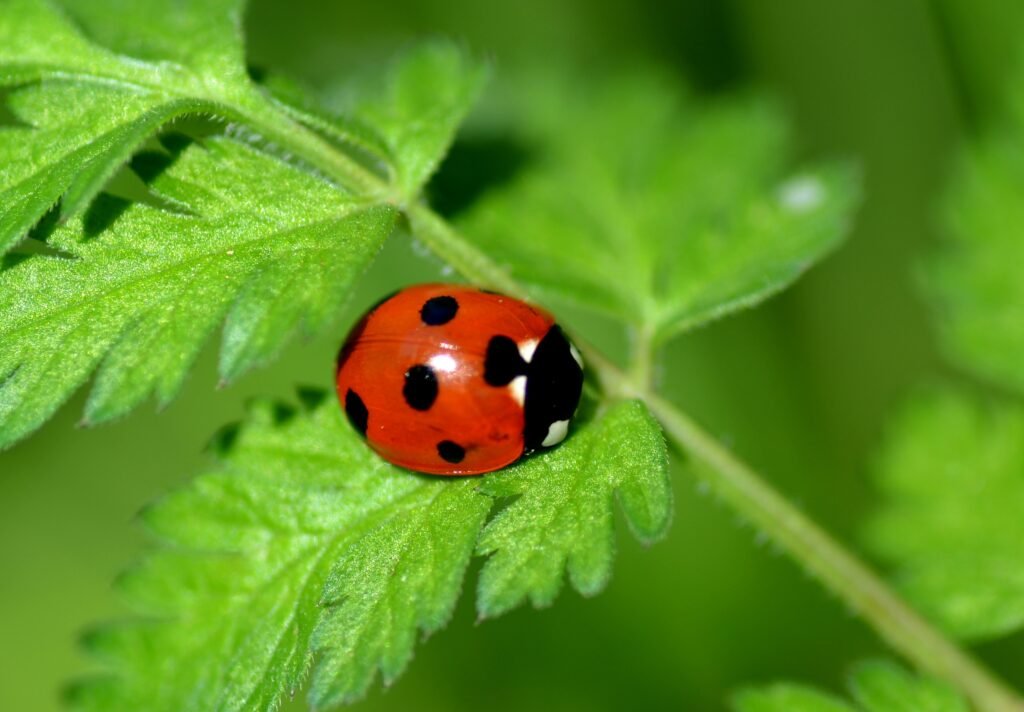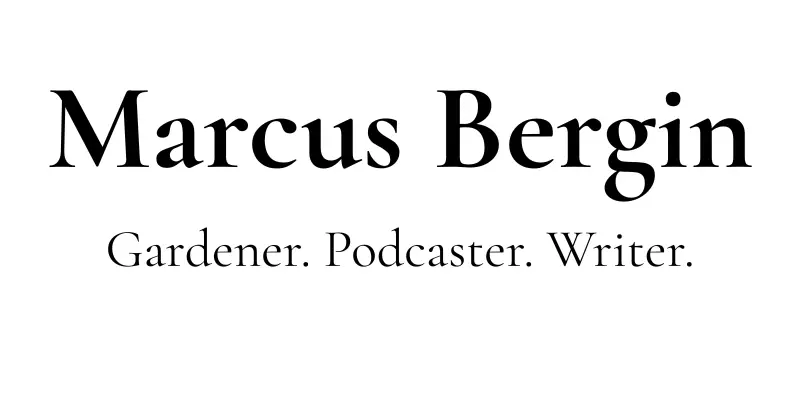
When the Ladybirds Come Too Late: Gardening with Nature’s Clock, Not Ours
There’s something deeply frustrating about watching a plant you’ve cared for—watered, fed, maybe even planted for the insects—get absolutely hammered by aphids, right before the good guys arrive to help. It feels unfair, somehow. Like nature missed the memo.
That’s exactly what happened to one of our members this year. A wildlife-friendly garden, a great big honeysuckle full of promise—and then a sudden, aggressive aphid infestation before it even had the chance to bloom. Now, as summer settles in, the ladybird larvae have finally shown up in force… but the damage is already done.
It’s a scenario that plays out in many wildlife gardens, and this year especially, it’s been more common than usual.
So, why does this mismatch happen?
In a word: timing.
Aphids are rapid responders. A couple of warm days in early spring and they’re off—reproducing like mad, homing in on soft new growth, and bringing their sticky chaos with them. But ladybirds, hoverflies, and other predators? They’re a bit more… methodical. Many of our native ladybirds overwinter as adults and wait for consistent warmth before emerging and laying eggs. Their young (the larvae) are voracious aphid-eaters—but by the time they arrive, your plant may already be overwhelmed.
This mismatch isn’t your fault. In fact, it’s a reminder that natural gardening isn’t always tidy or predictable. When we garden with nature, we accept that the rhythm of things won’t always match our expectations—or even the calendar. Weather patterns, microclimates, soil health, local predator populations—all of it plays a role.
But what we can do is help the odds.
Three Ways to Encourage Better Balance Next Year
1. Plant for early predators
The key players in aphid control—ladybirds, lacewings, hoverflies, parasitic wasps—need food before the aphids explode. That means nectar and pollen sources as early as February and March. Think snowdrops, crocus, hellebores, and native umbellifers. These feed the adults and encourage early egg-laying—so those hungry larvae turn up just in time.
2. Consider ‘trap’ plants
Nasturtiums and calendula are brilliant for this. Aphids love them, often more than your roses, beans, or honeysuckle. Plant them close by and you might find the aphids concentrate their efforts there—where you can leave them for the ladybirds or manage them more easily.
3. Light-touch intervention
Sometimes, in a bad aphid year, doing nothing at all just isn’t an option. If a plant is smothered early, a soft intervention might help. A gentle spray of diluted organic soap or even just a blast of water can remove enough of the population to give predators a chance to catch up—without harming the ecosystem you’ve worked hard to build.
The Heart of It: Grieving What Didn’t Flower
Let’s not skip this part. When a plant like a honeysuckle fails to flower, it’s not just a loss of beauty—it’s a loss of anticipation. Of a moment you’d looked forward to. And when you’ve intentionally built a garden for wildlife, it can feel like you’ve been let down by the very thing you were trying to help.
But the truth is, your garden’s still working. The ladybirds are there. The larvae are feeding. Balance is returning—it just took a little longer this year. And because you made space for that balance, next year may be better. Nature remembers. Populations respond. The predators that hatched in your garden this summer will go on to breed, overwinter, and return.
So if your honeysuckle didn’t flower this year—if your broad beans were stunted, or your roses puckered with blackfly—try not to see it as failure. See it as part of the cycle. A messy, slightly unfair, but entirely natural part of a garden that’s alive.
And next year? Start a little earlier. Plant a few extra early-blooming nectar plants. Keep a soft eye on things in March. Nudge the balance if you must—but trust it, too.
Because when the ladybirds finally come, you’ll know you created the kind of garden they want to live in.
If you’ve experienced something similar this season—a plant that didn’t make it, an infestation that surprised you—I’d love to hear your story. Feel free to share in the comments or drop me a note. For more thoughts on building balance in the garden, I’ll be sharing a follow-up post soon on working with natural cycles.
Happy Gardening,
Marcus
